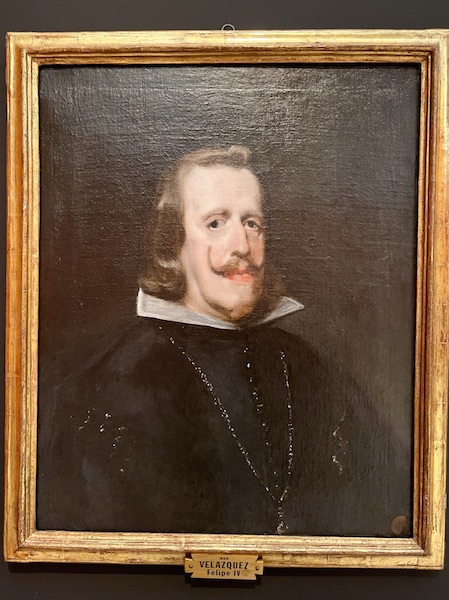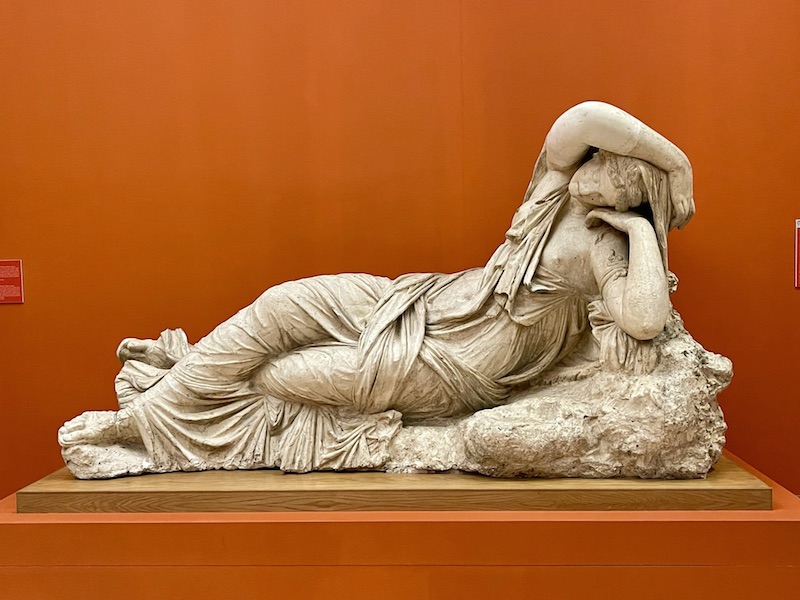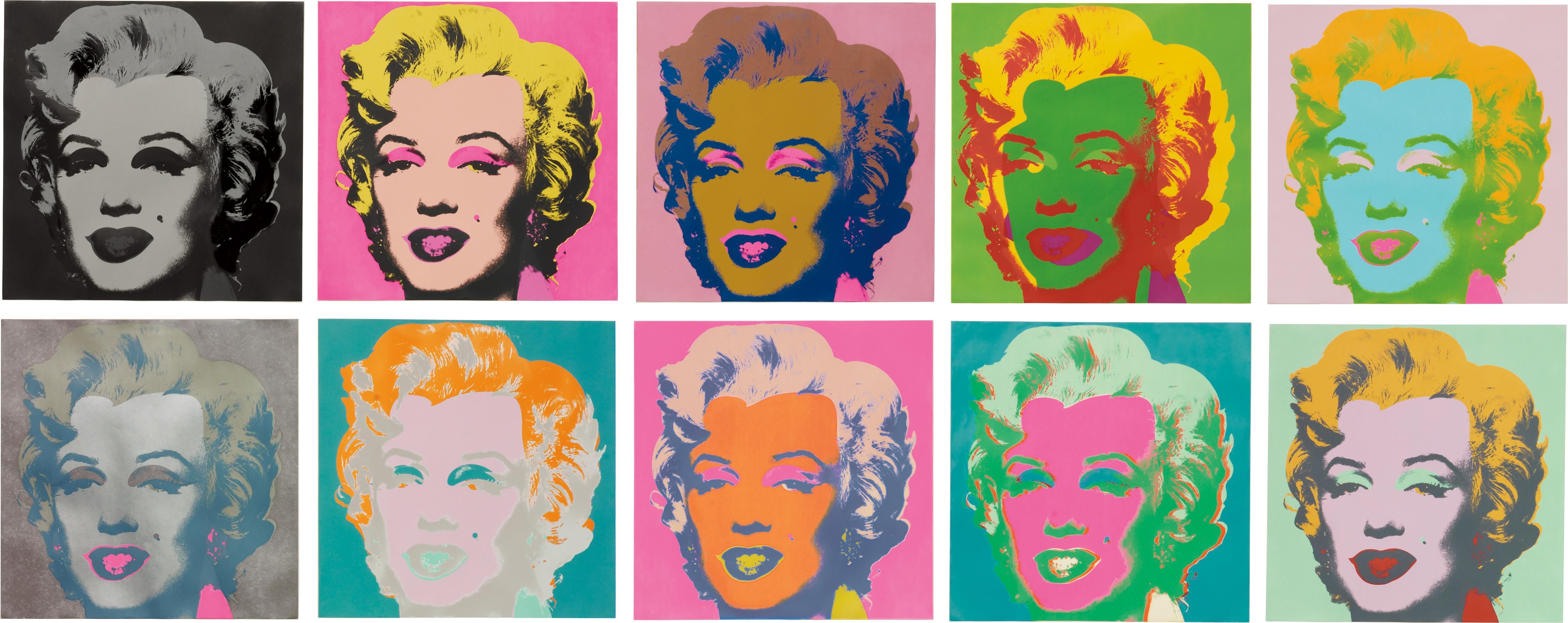
Learn about Diego Velazquez's link to Italy
A small (in terms of number of works) but exceptional (in terms of quality) exhibition, Velázquez in Italy, has opened in rooms 31 and 37 of the Museum of the Royal Academy of Fine Arts of San Fernando. It will be available from Tuesday to Sunday, from 10 a.m. to 3 p.m., with Mondays closed. The exhibition will be available until September 4 and Wednesdays will be free of charge.
To understand the purpose of this article it is necessary to know a fact unknown to some, and that is that Diego Velázquez (1599-1660), was not only painter of the house of Philip IV, but also held several offices for his king.
Among other things, he was in charge of decorating the rooms of the Real Alcázar, and this fact marked a very important milestone in his autobiography: his two trips to Italy, where he arrived for the first time (1629-1631) to fulfill the desire of Philip IV to have copies of famous masters. He traveled again (1649-1651) with the task of acquiring ancient works of art to expand the king's art collection in the Alcazar. This fact, looking for classical sculptures to acquire for his king, together with the visit to workshops of his contemporaries, was an element to take into account in his career.
As Mercedes Gómez tells us, Velázquez's first trip to Italy is illustrated with ten Holy Martyrs of the Apostles, attributed to Tintoretto. In the exhibition we mentioned at the beginning of the article, next to this work we see Velázquez's only surviving copy of *The Last Supper *by Tintoretto (1629), in addition to the pencil drawing, The Portrait of Cardinal Borgia, whom Velázquez met in Rome.

"Philip IV. Diego Rodríguez de Silva y Velázquez (workshop), (ca. 1656).
Some of the sculptures brought by Velázquez from Italy, including 35 plaster casts obtained on a second trip in the mid-17th century, were lost in the fire at the Alcazar on Christmas Eve 1734, while seven of the paintings are preserved at the Royal Academy of Fine Arts.
On display in this one-of-a-kind exhibition are Flora and Hercules, which returned to their place in the museum's entrance hall after crossing the courtyard, and five other works. The details of the contracts signed by Velázquez himself, the representative of Juan de Córdoba, who accompanied the painter and sculptor Giuliano Fenelli, are known to all.

"Ariadne asleep".
The beautiful Ariadne remained in the Sala del Alcázar Cerezo until the fire of 1734. After Philip V founded the Academy of Fine Arts in 1744, the sculpture was one of the first to be installed on the column. Its main campus, the Real Casa de Panaderías on the Plaza Mayor, is used for the training of students. Also on display are the emblems of Hermes (the original in the Romanian National Museum) and the Nióbide Race (in the Office Museum).
The guest star illustrating this second trip is a portrait of Juan de Córdoba, painted by Velázquez around 1650. "Chân dung Juan de Córdoba" Diego Rodriguez de Silva và Velazquez (c. 1650). Capitoline Gallery. Juan de Córdoba (ca. 1610-1670) was a representative of the Spanish crown in Italy, a crucial figure in Velázquez's acquisition of fetuses to bring them to Madrid, among other things thanks to his dense network of contacts.
The painting, from the Capitoline Gallery in Rome, is the only Velázquez painting in the Italian public collection and it is the first time it has been shown in Spain.
Information extracted from the article Velázquez in Italy written by Mercedes Gómez for ArtedeMadrid.



